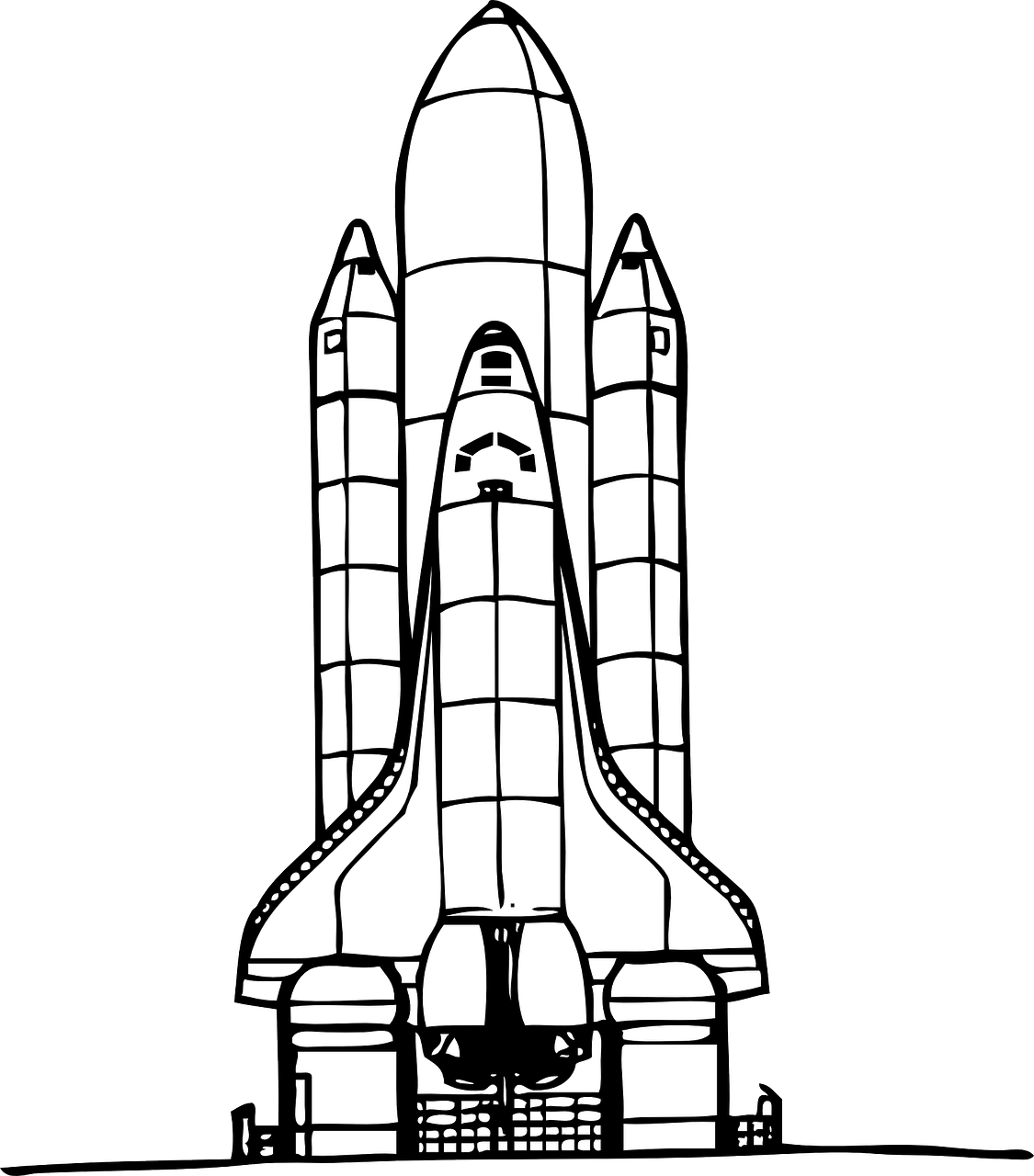NASA
Internasjonal space station, Artemis Program
According to the original Memorandum of Understanding between NASA and Roskosmos, the International Space Station was intended to be a laboratory, observatory and factory in low Earth orbit. It was also planned to provide transportation, maintenance, and act as a staging base for possible future missions to the Moon, Mars and asteroids. In the 2010 United States National Space Policy, the ISS was given additional roles of serving commercial, diplomatic and educational purposes.
Artemis Program
NASA has selected three commercial Moon landing service providers that will deliver science and technology payloads under Commercial Lunar Payload Services (CLPS) as part of the Artemis program. Each commercial lander will carry NASA-provided payloads that will conduct science investigations and demonstrate advanced technologies on the lunar surface, paving the way for NASA astronauts to land on the lunar surface by 2024.
Chinese National Space Agency(CNSA)
Chinese Lunar Exploration Program
Phase 1: Orbital missions The first phase entailed the launch of two lunar orbiters, and is now effectively complete. Phase 2: Soft landers/rovers The second phase is ongoing, and incorporates spacecraft capable of soft-landing on the Moon and deploying lunar rovers Phase 3: Sample-return The third phase will entail a lunar sample-return mission, with the goal of obtaining and returning samples from the moon the earth for analyzes. Phase 4: Lunar research station Development of a robotic research station near the Moon's south pole
European Space Agency
LISA Pathfinder
is paving the way for future missions by testing in flight the very concept of gravitational wave detection: it will put two test masses in a near-perfect gravitational free-fall and control and measure their motion with unprecedented accuracy. LISA Pathfinder is using the latest technology to minimise the extra forces on the test masses, and to take measurements. The inertial sensors, the laser metrology system, the drag-free control system and an ultra-precise micro-propulsion system make this a highly unusual mission. LISA Pathfinder is an ESA mission, which also carries a NASA payload.
BEPICOLOMBO
One of ESA’s cornerstone missions, it will study and understand the composition, geophysics, atmosphere, magnetosphere and history of Mercury, the least explored planet in the inner Solar System. BepiColombo will provide the best understanding of Mercury to date. It consists of two individual orbiters: the Mercury Planetary Orbiter (MPO) to map the planet, and the Mercury Magnetospheric Orbiter (MMO) to investigate its magnetosphere.
Indian Space Research Organization
Mars Orbiter Mission
Marking India's first venture into the interplanetary space, MOM will explore and observe Mars surface features, morphology, mineralogy and the Martian atmosphere. Further, a specific search for methane in the Martian atmosphere will provide information about the possibility or the past existence of life on the planet. The enormous distances involved in interplanetary missions present a demanding challenge; developing and mastering the technologies essential for these missions will open endless possibilities for space exploration. After leaving Earth, the Orbiter will have to endure the Interplanetary space for 300 days before Mars capture. Apart from deep space communications and navigation-guidance-control capabilities, the mission will require autonomy at the spacecraft end to handle contingencies.

